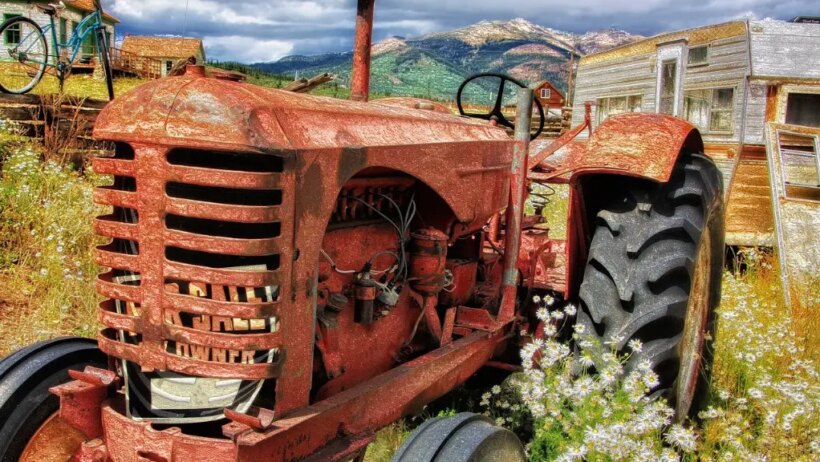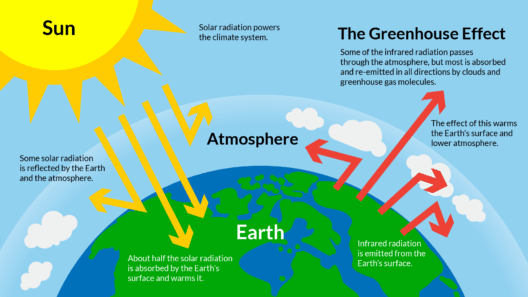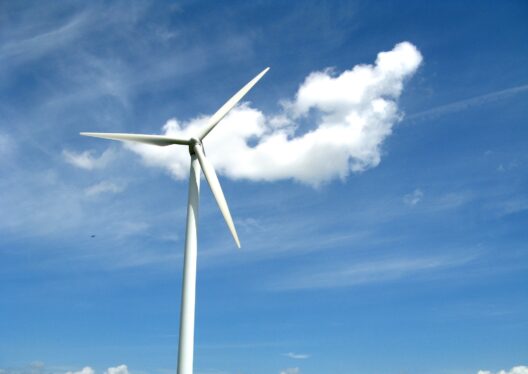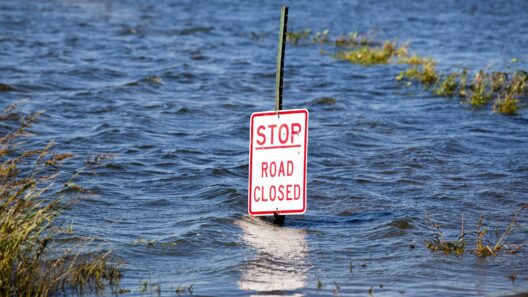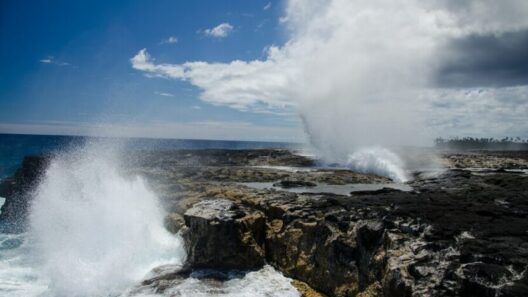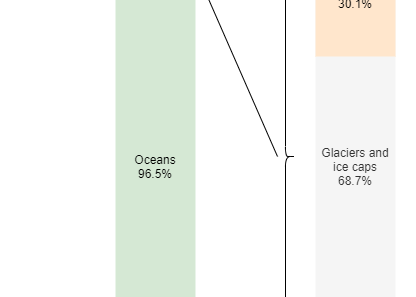As the Earth continues its slow but steady transition due to climate change, one of the most pressing issues we are facing is the alarming rise in sea levels. You may wonder, how does this phenomenon specifically affect agriculture? With fertile lands increasingly at risk of inundation, farmers are grappling with challenges that threaten not only their livelihoods but also global food security. Let’s delve into the myriad ways rising sea levels impact agriculture and consider the implications of this environmental quandary.
Understanding the Dynamics of Sea Level Rise
To grasp the effects of rising sea levels on agriculture, one must first understand the cause of this alarming trend. Primarily driven by climate change, the melting of polar ice caps and glaciers accelerates the influx of freshwater into the oceans, leading to increased ocean levels. Additionally, the thermal expansion of seawater due to rising temperatures contributes significantly to this phenomenon. The World Meteorological Organization predicts that global sea levels could rise by as much as 1 meter by the end of the century if current trends continue. What does this mean for agricultural regions situated along coastlines?
Coastal Farmland and Saline Intrusion
One of the most immediate effects of sea level rise on agriculture is saline intrusion. As seawater infiltrates freshwater supplies, particularly in coastal areas, it compromises the soil and groundwater that farmers rely on for irrigation. Salinity can alter the chemical composition of the soil, disrupting nutrient uptake in crops and thereby reducing agricultural yield. Crops that are sensitive to saline environments, such as rice and potatoes, face significant risks, while farmers may need to resort to more expensive and less sustainable practices to mitigate the implications of saline soils.
Crops Seeding Adaptation: Bayer Meets the Challenge
The impact of salinity is not merely a localized issue. As coastal regions produce approximately 10% of the world’s agricultural output, the repercussions resonate globally. In response, agricultural scientists and farmers are pursuing adaptive strategies. Innovative breeding techniques are creating crops engineered for higher salinity tolerance, while agronomists are revising soil management practices to minimize salinity damage. Additionally, farmers are increasingly turning to precision agriculture technologies to optimize water use and monitor soil salinity levels. These advancements present hope in a challenging scenario, but they are not without barriers.
Water Management: The Irony of Droughts and Floods
Rising sea levels do not only threaten crops through salinity; they also disrupt freshwater resources critical for irrigation. As coastal aquifers become contaminated, farmers may find their access to freshwater dwindling. Ironically, while many regions are simultaneously facing increased flooding from rising tides, others suffer from drought as freshwater resources become scarce. This juxtaposition highlights the complexities of climate change and adaptability in farming practices.
In lieu of traditional irrigation, many farmers are exploring innovative water conservation techniques. These range from advanced drip irrigation systems to rainwater harvesting methods. The challenge remains: how can farmers balance the water demands of crops while ensuring sustainability and conserving dwindling resources?
Impact on Crop Diversity: A Fragile Ecosystem
Rising sea levels can also lead to a reduction in agricultural biodiversity. As salinity stressors or catastrophic flooding events lead to the decline of certain crops, farmers may resort to planting more resilient, but less diverse species. This shift can diminish genetic diversity in the agricultural landscape, making crops more vulnerable to pests and disease threats.
Moreover, monoculture farming undermines soil health, posing long-term risks to sustainability. As the pressure mounts to produce food for a growing population, the focus on short-term solutions may further jeopardize the very systems that support agriculture. Sustainable practices such as crop rotation, polyculture, and ecosystem management could bolster biodiversity but require significant commitment and education.
The Future of Agriculture in Coastal Regions: A Call to Action
As we stand at this crossroads, it becomes evident that rising sea levels are not merely a distant concern; they are an immediate threat to food production and security in various regions. The agricultural sector must unite and innovate, pushing for collaborative policies that promote sustainable practices amidst these environmental challenges. Governments, researchers, and farmers must work together to develop adaptive strategies, providing support to those affected by these imminent changes.
Equipping farmers with the necessary tools and education can accelerate resilience against the backdrop of escalating ocean levels. Policy shifts towards sustainable farming, investments in research, and fostering community awareness around these changes may yield a synergistic approach to preserving our agricultural landscapes. As stewards of our planet, it is our collective responsibility to safeguard future food security and ensure that we adapt effectively to the challenges of the changing climate.
In conclusion, rising sea levels pose a complex array of challenges to agriculture that carry profound implications for global food security. From saline intrusion to disrupted freshwater resources and the erosion of biodiversity, it is imperative that we approach this issue holistically. The path to resilience demands our immediate attention and action.



